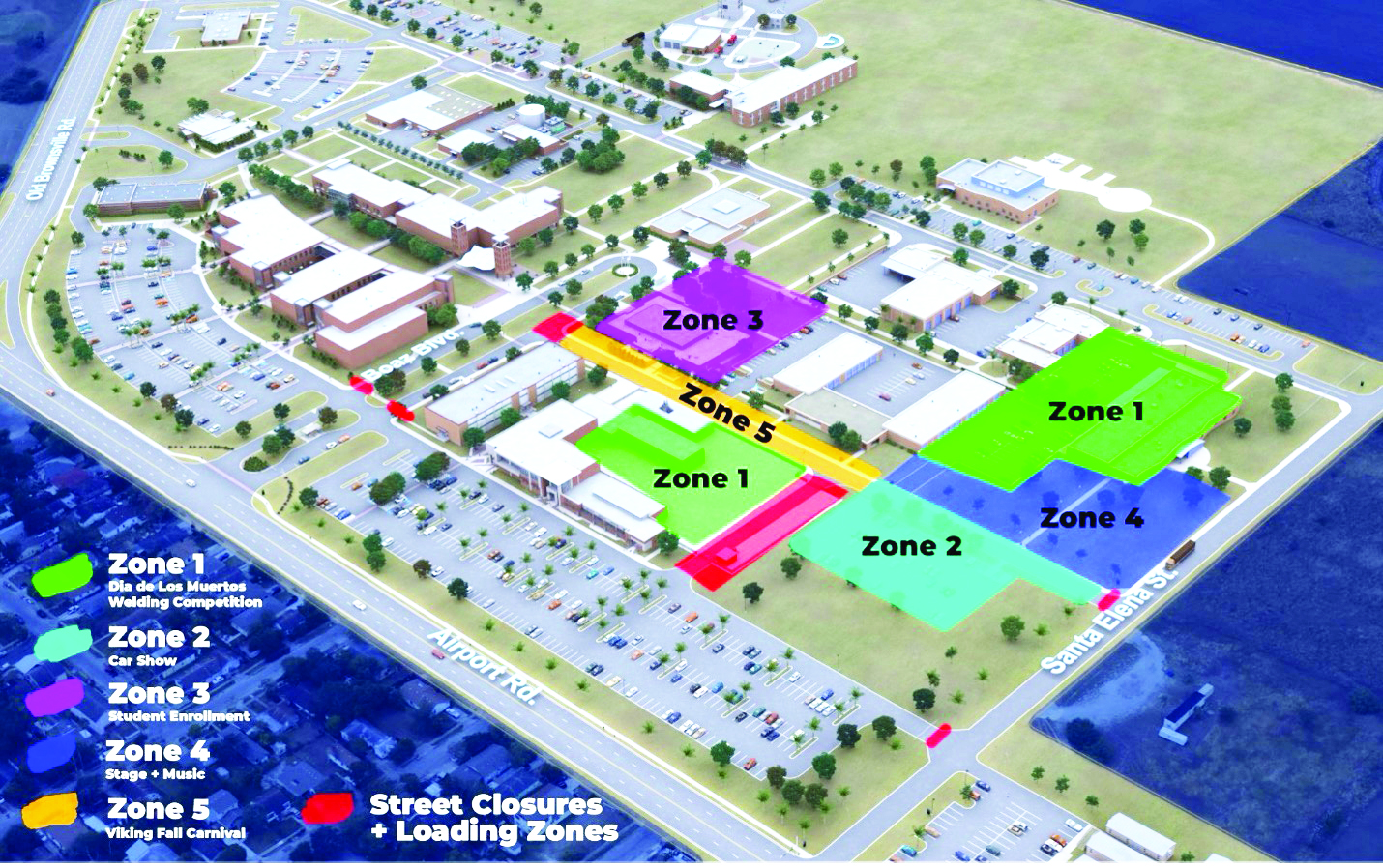Brandie Hayden has a son in his first year at Texas A&M University–Corpus Christi and a daughter who is a sophomore at Tuloso-Midway High School. She originally signed her son up for an Advanced Placement course in English during his senior year, but he did not pass the final test as required for AP.
“We switched all of his classes to the Del Mar Dual Credit Program, and he came out of his senior year with 19 hours of credit to transfer into a four-year degree, but he had to take the English class again,” Hayden said. She is now enrolling her daughter Brittany in the Dual Credit Program for next fall.
A new bill passed by Texas Legislature allows students to enter the Dual Credit Program as early as ninth grade, but there are pros and cons associated with Dual Credit vs. AP.
Proponents of dual credit feel that it prepares students for college by exposing them to the curriculum format they will encounter in college. The program also lowers the cost of postsecondary education for students who would not have the opportunity otherwise because of financial restraints.
Valerie Soto was a competitive dancer while attending Brazosport High School in Freeport. To compete she had to drop some of her classes. Soto was able to maintain her class requirements by taking dual credit classes offered at the school.
“I benefited by taking dual credit my junior and senior year and had 12 hours when I transferred to Texas A&M University–Corpus Christi,” Soto said.
Rita DeCastro graduated from Flour Bluff High School and enrolled in Del Mar with 50 credits. She has experienced both AP and dual credit.
“I took an AP English course, but I learned that when you take the AP test you have a certain grade assigned by AP standards,” DeCastro said. “AP can hold you back by the way they score your test. With dual credit the grade is the same everywhere, and you still have that credit.”
By AP standards students must take and score well on an end-of-course exam to be eligible for college credit, even if they successfully pass the course itself.
AP exams are scored on a 5-point scale, and the scores are labeled: 1 = “no recom- mendation,” 2 = “possibly qualified,” 3 = “qualified,” 4 = “well qualified,” and 5 = “ex- tremely well qualified.” The American Council on Educa- tion recommends awarding college credit for AP scores of 3 or higher.
Unlike AP, dual credit students do not take a standardized exam and are awarded a course grade rather than an exam score. Instead of a 5-point scale the student is given a grade point average, or GPA.
“UT will not except anyone under a 4, but now if you graduate with a 3.5 GPA you can get accepted anywhere. With a 3.5 GPA I can apply at UT or College Station,” DeCastro said.
While the dual credit program is opening doors for students to achieve college credits, it is also raising concerns in the academic community.
“I have real concerns about how faculty is being hired for dual credit students. I am not convinced that these students are getting the same quality of instruction,” said James Klein, assistant professor of history at Del Mar.
Klein, who is also president of the Texas chapter of the American Association of University Professors, clarified that it was not because of the work of the instructors.
“They are doing a very good job, but I think by default if the majority of the students in your class are dual credit (high school students) you’ve got a high school class, and that changes the nature of the class. I think it’s possible that Del Mar College is short-changing these students, and in exchange shortchanging the community,” Klein said.
Just 18 graduate hours are required to qualify as an adjunct professor, said Paul McCann, associate professor of English.
“The bulk of dual credit students are taught by embedded professors which are composed largely of adjunct professors, who are in many ways the “Uber” professors of academia,” McCann said.
McCann feels there is a conflict of cultures, in that the last two years of high school are becoming extinct by bypassing them as a dual credit earned toward college. He believes it changes the expectation of the student to excel, and they miss valuable experience and the associated reward of the college experience.
According to a 2015-16 re- port in the American Association of University Professors, full-time ranked faculty positions are in decline. Over the past four decades, the proportion of the academic labor force holding full-time tenured positions has declined by 26 percent and the share holding full-time tenure-track positions has dropped by 50 percent.







One thought on “Dual credit vs AP, which is better?”